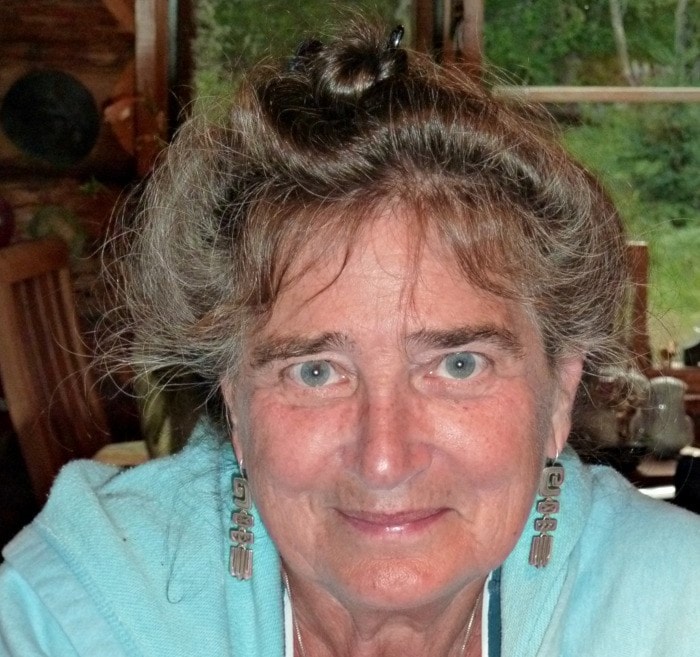In 1980, Marcia Braundy became the first woman to join the Carpenters’ Union in BC.
She did a four-year apprenticeship, sat on labour task forces, and was national co-ordinator for a women in trades network that tried to get more women involved in industry — all of which gave her special insight into on-the-job gender relations.
“I have a very unique and broad perspective on initiatives to increase the participation of women and the resistance and impedance they have encountered along the way,” she says.
For all of the equity initiatives, Canadian women still account for less than three per cent of all tradesworkers. Braundy wanted to know why.
The Winlaw resident did a PhD dissertation based in part on a group interview with four tradesmen that she turned into a short play and has now published as a book, Men & Women and Tools: Bridging the Divide, to be launched Sunday from 3 to 5 p.m. at the Vallican Whole.
Braundy’s play took dialogue directly from her two-hour interview with a mechanic, machinist, and two carpenters, who were asked about male resistance to women in trades.
“The thoughts, ideas, words and statements that came out of that interview were so vital, representative, and heartrendingly provocative that I decided it was not up to me to interpret what was being said, but I did need to reflect it back,” she says. “In the process I hoped to develop an emotional understanding of the issues from all sides.”
The play was performed at the Brave New Play Rights Festival at the University of BC, and the script is included in the book. Braundy says while she cleaned up the speech, she didn’t change anyone’s words. Nor did she steer the open-ended talk in any particular direction.
“It’s heartfelt, meaningful, and there’s not a mean bone in the discussion. But the ideas have a quality of misogyny — patriarchal privilege that needs to be deconstructed.”
The men, who ranged in age from 34 to 56, were of similar minds. Braundy found it more fascinating than discouraging.
“I took each line of the play and looked at it historically, sociologically, and psychologically,” she says. “How they could come to these words? Because I am one of them, they were all willing to be who they were. And because I am one of them, I have the right to examine that culture, and challenge them.”
The men, whom she drew from her wider pool of acquaintances, were chosen for their trades and willingness to talk, but she didn’t know what they were going to say.
Those who later saw the play didn’t recognize themselves in it.
“One guy said ‘Wow, this should be shown on the worksite.’ Even with men who see themselves as progressive, their actions are sometimes not so progressive. You see their internal struggle with their training and socialization and habits.
“They’re fine men, who I respect. But these are the words that came out of their mouths, even when they thought they were being progressive.”
Braundy further explores the roots of male resistance. Among the underlying themes she identified: the need to be essential, to be in control, to be the breadwinner, and a deep fear of being asked to change.
The book then asks about finding a resolution. Here, Braundy is optimistic.
“I think the culture has changed to give men a little more willingness,” she says. “I think the book is coming out at a good time.”
